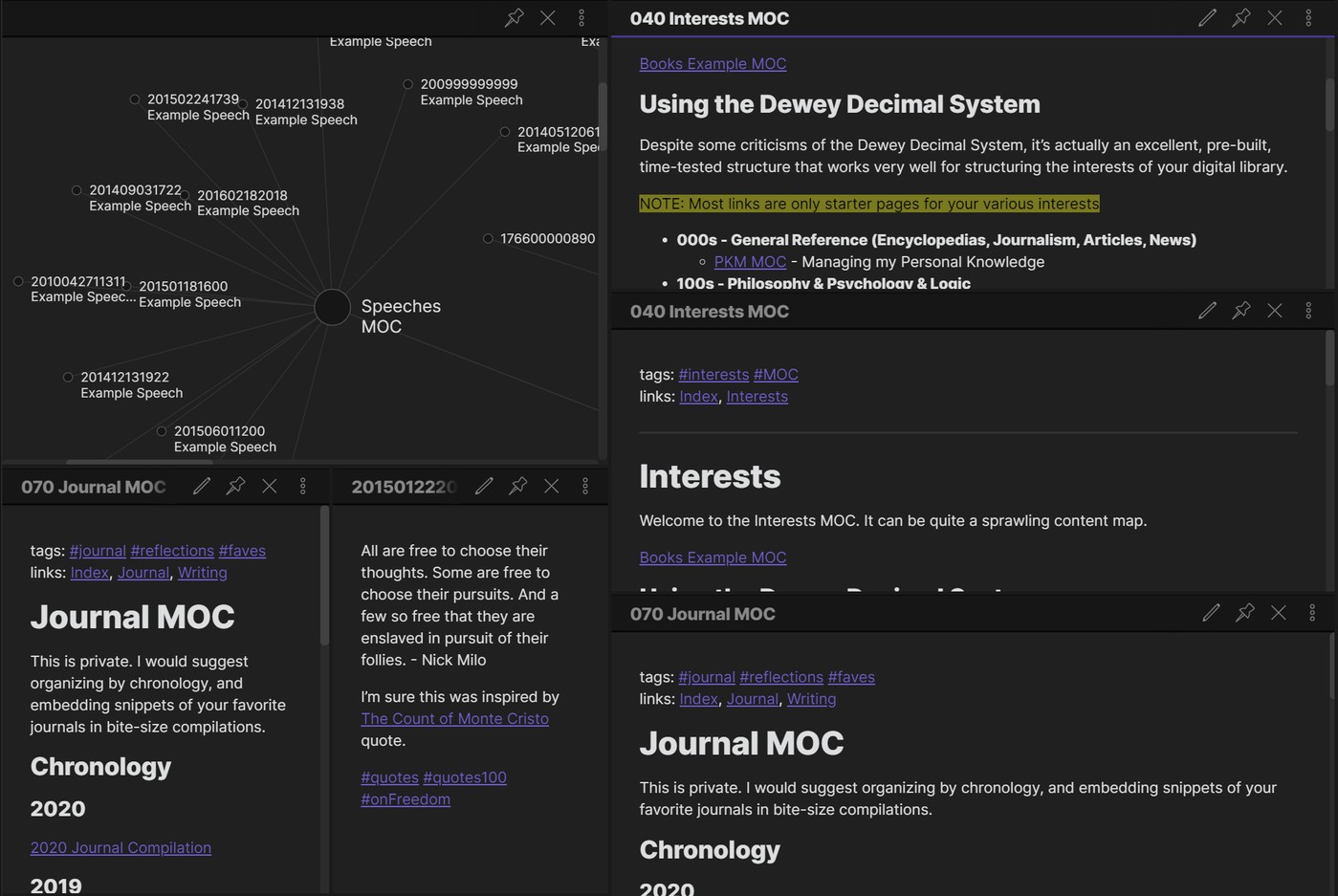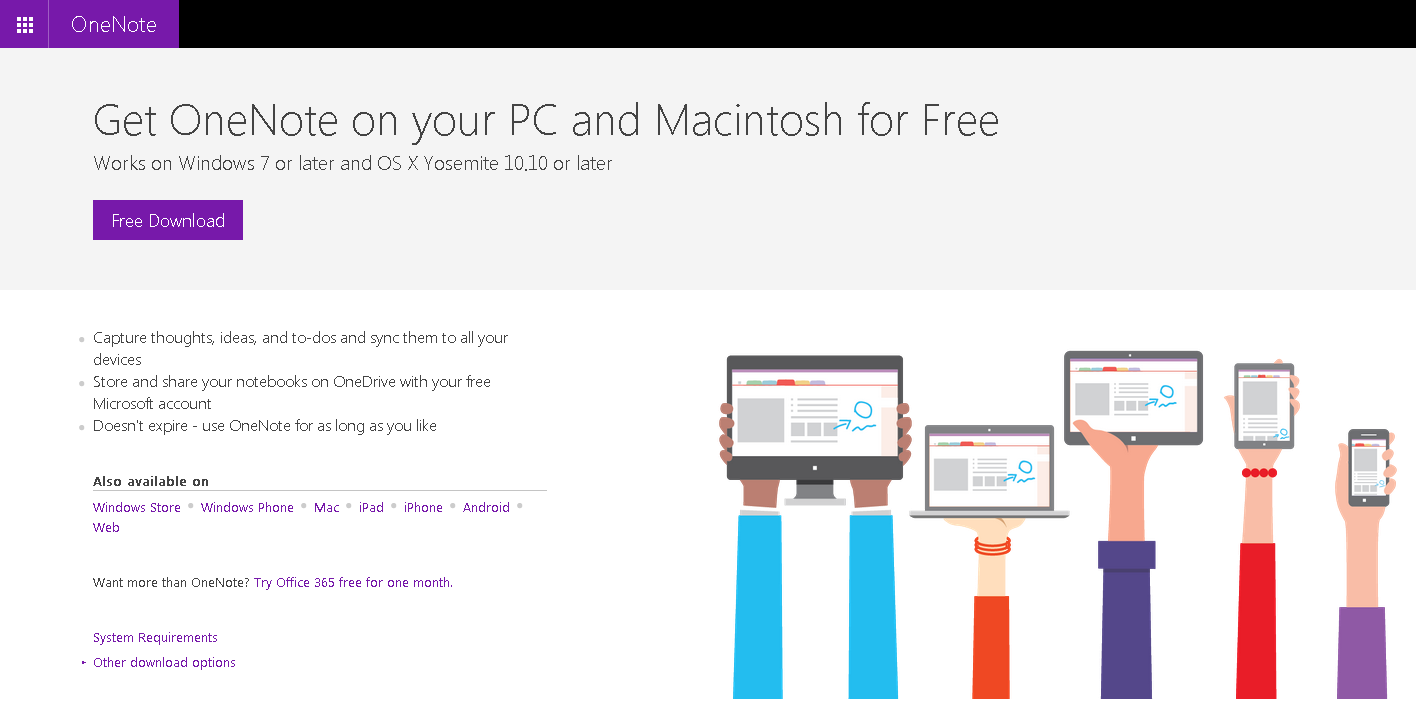

When you create a new Page in Roam, you're not asked to put it anywhere, because there's no concept of putting it anywhere. Pages in Roam aren’t like "Notes" in Evernote or "Pages" in Notion, primarily because: they have no location. In Roam, the text that comprises your notes lives inside Blocks (more on those later), and Blocks live inside Pages. Pages and Tags are the same thing in Roam, and as we'll see later, this is both confusing and powerful. a Note in Evernote), Roam makes no distinction between what we otherwise might haved referred to as a Page or a Tag. Where we’re used to tags being something we apply to a Page (i.e. As a result, using tags in addition to folders gives you some more flexibility in defining how entities relate to oneanother, but that flexibility quickly comes at a cost of things getting messy and unwieldy. Notes can have one-to-many relationships with tags, whereas with folders you're limited to one-to-one relationships. Some tools augment this ability of storing notes at specific locations with an ability to tag the note.

the file cabinet metaphor: storing a file in a cabinet. It's how we would write and archive a physical note, and it's long been the dominant metaphor for working with computer files i.e.

Most knowledge management systems 1 encourage you to choose a location for your note while or after creating it. This week we take a closer look at Roam's concept of Pages and Blocks.) ProblemĪny repository of knowledge needs some structure in order for it to be useful. This is a weekly series where I cover Roam's UI patterns in-depth in order to understand what Roam is doing that accomplishes this feat.

It's not easy to use at first, but once you get a hang of the novel design patterns that it uses, it feels like you're using something which is aligned with how your brain works, as opposed to conventional, linear text editing. ( Roam Research is a knowledge management tool that has taken a corner of the tech world by storm.


 0 kommentar(er)
0 kommentar(er)
